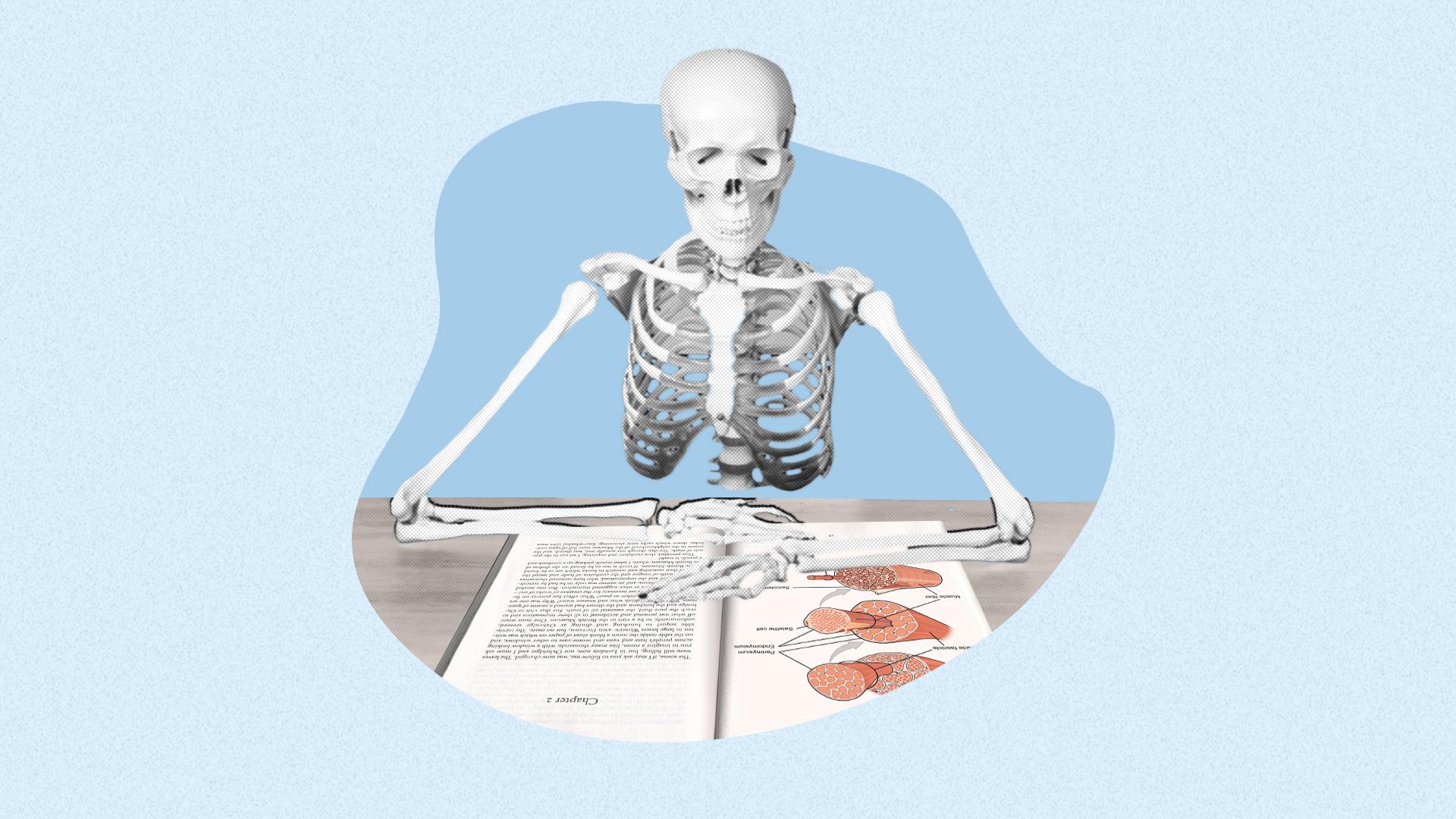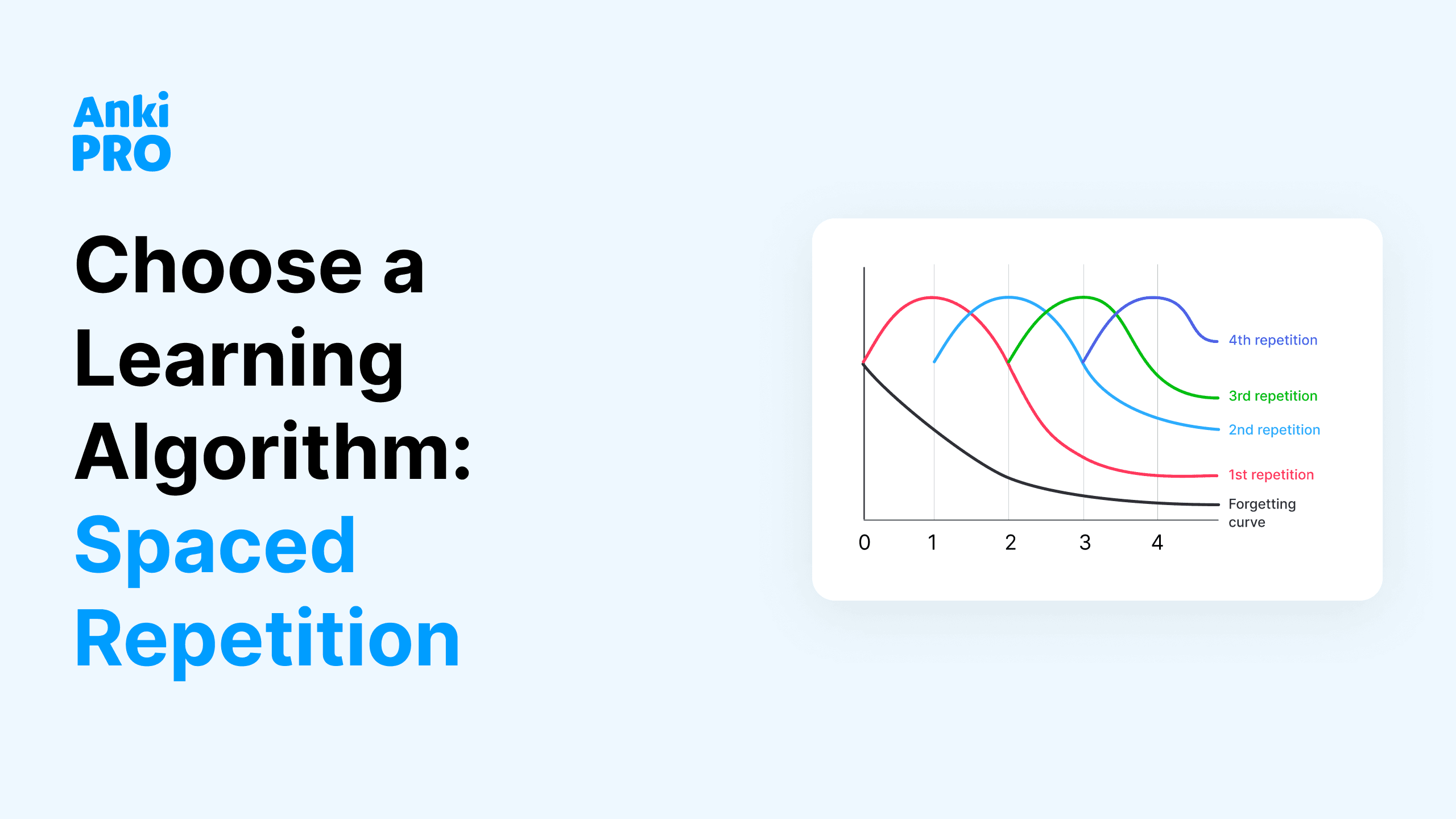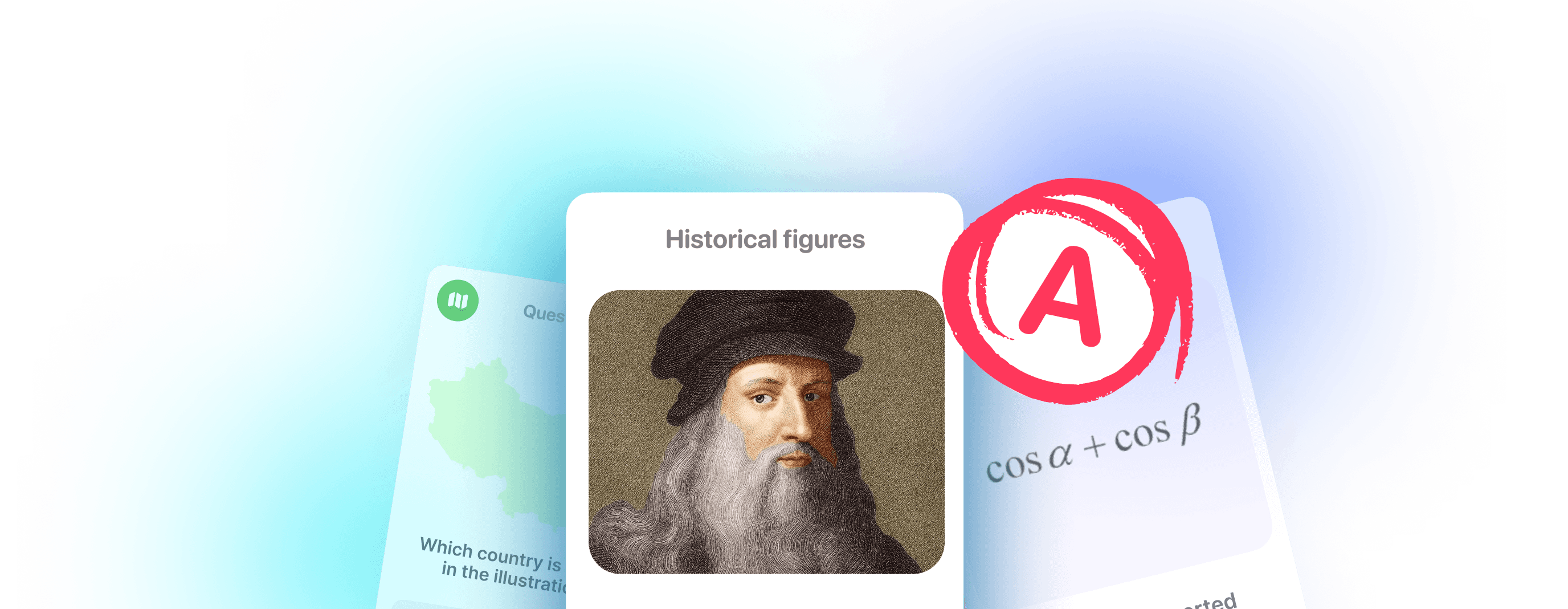In the context of contemporary therapeutic culture and therapeutic education, stress and anxiety are often perceived as adversaries. This article aims to reconsider these emotions by integrating the existentialist concept of anxiety with insights from psychology and the neurobiology of learning. Stress, akin to anxiety, is not only an inevitable aspect of life and, notably, of the learning process but it can also be regarded as the fundamental mood of learning.
Toxic Positivity in Education
In the prevailing ethos of contemporary therapeutic culture, there is a tendency to associate positive states of mind, such as happiness, joy, optimism, and high self-esteem, with psychological health. The overvaluation of these positive states often leads to the stigmatization of negative states, including pessimism, sadness, anxiety, and stress. Within this prevalent perspective, they are frequently reduced to obstacles to be overcome or disorders to be fixed.

In this context, when contemplating the impact of stress on learning, educational psychologists, educators, and policymakers often highlight its detrimental effects, while underscoring the advantages of positive states. This emphasis implies that stress can be avoided, suggesting that the optimal psychological condition for learning is one devoid of anxiety and stress. For instance, Alistair Smith, a learning consultant and an author of best-selling and award-winning books in education, claims that “The enemy of learning is stress. The optimal conditions for learning include a positive personal learning attitude where the challenge is high and anxiety and self-doubt is low” (p. 107).
Stress and anxiety are almost exclusively perceived as adversaries that must be overcome for the benefit of students, teachers, and humankind. Discussions concerning stress and anxiety typically center around their adverse effects and strategies to mitigate them. The predominantly positive-oriented consensus within a therapeutic culture often allows limited space for the reevaluation of stress and anxiety.
The Anxiety of Being a Student
The existential philosophical tradition and psychoanalysis take a different approach to anxiety compared to the conventional view that places excessive value on positive states of mind while underestimating negative ones. While the conventional framework perceives stress and anxiety as adversaries to be combated, existential and psychoanalytic approaches converge in the recognition that anxiety is a fundamental aspect of human existence.

Psychoanalytic thinker Renata Salecl writes, “While anxiety is today perceived as something one needs to be able to control and hopefully, in the long run, get rid of — in short, as an ultimate obstacle to the subject’s happiness — it is almost forgotten that philosophy and psychoanalysis discussed anxiety as an essentially human condition” (2004, 15). Existential philosophy examines anxiety as a fundamental human characteristic that necessarily mediates the relationship between individuals and themselves, others, and the world. Consequently, when one applies an existential framework to comprehend the process of learning, anxiety is not only deemed unavoidable but also a defining element of it.
As a concept, anxiety entered philosophical discourse with Søren Kierkegaard. He positioned anxiety at the center of human existence, stating that “anxiety makes its appearance is the pivot upon which everything turns” (The Concept of Anxiety, 43). From the standpoint of Kierkegaard’s existential logic, what we currently categorize as positive states of mind might instead be viewed as well-masked anxiety. These positive states of mind occur when we are not sufficiently reflective to connect with our underlying anxious core. According to Kierkegaard, the processes of individualization and reflection are necessarily anxiety-inducing. Kierkegaard writes, ‘Whoever has learned to be anxious in the right way has learned the ultimate’ (155). For human beings, there is nothing essential to learn except the art of being anxious in the right way.”

Anxiety as a Mood of Existence
Martin Heidegger continued this line of thought from Kierkegaard. For Heidegger, anxiety is a Grundstimmung or fundamental mood of existence. There is no way to overcome anxiety, even if we successfully repress it and numb our feelings of it; “Anxiety is there. It is only sleeping” (Basic Writings, ‘What Is Metaphysics?’, p. 106).
Heidegger’s philosophical anthropology distinguishes between authentic and inauthentic modes of existence. The defining feature of inauthentic life is a non-critical attitude and an unreflected understanding of the world. Inauthenticity is ‘statistically’ normal for humans; it helps us escape the pressure of anxiety, making life livable. However, it is in the wake of anxiety that the authentic self emerges.
When anxiety overtakes us, we float outside our inauthentic absorption in the world. The state of anxiety reveals the world as meaningless and uncanny. ‘”Anxiety brings Dasein face to face with its own most Being-thrown and reveals the uncanniness of everyday familiar Being-in-the-world” (Being and Time, p. 393). Anxiety raises awareness of the fundamental uncertainty that our ordinary life conceals. In that way, it exposes the subject’s independence and the lack of foundation in the world. This makes anxiety the mood of critical thinking and freedom. There is no selfhood and freedom without the original revelation of anxiety.

Ronald Barnett applies the Heideggerian stance on anxiety to the discussion of education. As Barnett states, being a student is the most anxiety-provoking. “Being a student is to be in a state of anxiety” (p. 32). On the one hand, this is because what being-a-student demands is critical thinking, which Barnett explicitly connects with inevitable cognitive stress.
Students are anxious not only because of the technical aspects of an educational setting, such as deadlines, exams, evaluations, and public speaking but not solely because of the social injustice they face while being students. While both perspectives are also relevant, students also and foremostly endure existential anxiety by the very position they occupy as students. The idea of education places a demand on critical thinking as being central to it. Therefore, students are compelled to persist in the Heideggerian mode of authentic being and experience the anxiety that comes with it.
From Ever-Present Anxiety to Ever-Present Stress
Existentialists asserted that existential anxiety is not a discrete or avoidable aspect of human existence. Rather, it is a defining feature of human existence, not a deviation from normalcy. Similarly, in the initial conceptualization of stress by Hans Selye, stress was understood as a nonspecific response of the organism to any demand for change and, therefore, as an integral part of life itself. Stress was not seen as a pathology but as a complex of adaptive processes that enable adaptation. Both existential anxiety and stress arise from inescapable realities. Existential anxiety emerges from the fundamental dilemmas of human existence, while stress arises from the demands and challenges that life presents. In both cases, one cannot avoid or eliminate these experiences.

When Hans Selye, known as the ‘father of stress,’ first introduced the concept in 1939, he understood it differently from the conventional perception today. He defined stress as the non-specific adaptive response of the organism to any demand for change (Selye,1950). Contrary to the current conventional understanding of stress as a harmful and undesirable state, for Selye, it encompassed a complex of adaptive processes aimed at maintaining the organism’s integrity and its ability to adapt to changing conditions. While stress could be subjectively experienced as unpleasant, Selye believed it to be an integral part of life. Stress, as he emphasized, “is not something to be avoided. Indeed, it cannot be avoided since just staying alive creates some demand for life-maintaining energy. […] Complete freedom from stress can be expected only after death” (1976, p.15).
Stress was originally defined as a reaction to change as such, whether the change is desirable or undesirable. Even desirable changes provoke the reaction of stress, given that they are intense enough to require adaptation. In addition, there are no unconditional changes for the better; every improvement comes with a loss. When the body is stressed, it mobilizes its forces to cope with the situation. Stress encompasses various alterations that impact every system of the body, encompassing physiological changes (e.g., cortisol release), psychological shifts (heightened anxiety and attention span), behavioral modifications (inhibited eating and sexual behavior), and more.
Later in his research, Selye shifted his focus to classify stress responses based on their outcomes. Consequently, in 1976, Selye introduced the terms ‘eustress’ (from Greek εὖ, meaning ‘good’) and ‘distress’ (from Greek δυσ, meaning ‘loss’). It’s important to note that, in Selye’s conceptualization, distress and eustress are not distinct types of stress, as is sometimes believed. Instead, they rather represent two possible outcomes following the initial stress reaction. The difference emerges in the subsequent stages of the stress response. Eustress refers to adaptive consequences, while distress reflects maladaptive responses. Stress is considered maladaptive or distress when the body’s resources are depleted without achieving adaptation.
Stress, when considered in its original definition, is inherently intertwined with the process of learning. Numerous studies have demonstrated that stressful experiences actually enhance various aspects of learning. It’s widely recognized that stressful events promote concentration and memorization to such an extent that they become impossible to forget, as in the case of post-traumatic stress disorder (Henckens et al., 2009). Stress, due to its ability to improve concentration and memory, not only contributes to but is, in fact, necessary for the learning process.

Normalizing Stress in Learning
Studies that acknowledge the crucial role of stress in learning and memory formation often distinguish between a dual role, with its impact largely contingent on its intensity. A growing body of literature explores the threshold conditions for differentiating between ‘beneficial’ and ‘harmful’ stress. It is suggested that mild acute stress tends to enhance learning and memory, whereas severe stress can have a detrimental effect on these cognitive processes. However, the connection between stress and learning is far from being as straightforward as categorizing it as either ‘harmful’ stress due to its excessive intensity or ‘beneficial’ stress because it’s not too intense.
Neuroscientist Marian Joels and her colleagues (Joels et al., 2006) embarked on an inquiry to discern the multifaceted nuances of how stress influences learning. They also challenged the idea that stress has a mutually exclusive effect on learning, meaning wherein it is either exclusively detrimental or exclusively beneficial. After conducting experiments on students, they discovered that when students experience stress that is directly related to the material being studied, meaning this material holds significance for them, learning under such stress enhances their memorization.
In other words, for better exam preparation, the stress experienced during studying should be associated with the exam itself and the material being studied, rather than, for instance, personal issues like a disagreement with a parent the night before the exam. In this scenario, although the student may not have mastered the exam material, she is likely to form vivid memories of the situation that triggered her personal stress. However, it’s conceivable that remembering this particular situation and learning from it could be more crucial in life, even if it came at the expense of inadequate exam preparation.
Negative states like anxiety and stress play a crucial role even in a simplified understanding of learning as the transmission and memorization of knowledge. However, they become even more pronounced when we consider the extended notion of learning as a practice inherently embedded in life, a practice of confronting the complexity of existence, or a practice of freedom. In this context, uncertainty persists indefinitely, accompanied by a sense of dread in the face of the absence of authorities, final answers, and clear-cut solutions, as well as the boundless complexity of the world.
References
Barnett, R. (2007). A will to learn: Being a student in an age of uncertainty. Buckingham, England: Open University Press.
Heidegger, M. (1962) Being and Time. San Francisco: HarperSanFrancisco.
Heidegger, M. (1993) What is metaphysics? In Basic Writings. London, Routledge.
Henckens, M. J. A. G., Hermans, E. J., Pu, Z., Joëls, M., & Fernández, G. (2009) Stressed memories: How acute stress affects memory formation in humans. The Journal of Neuroscience, 29(32), 10111–10119.
Kierkegaard, S. (1980) The concept of anxiety: A simple psychologically orienting deliberation on the dogmatic issue of hereditary sin. Princeton: Princeton University Press.
Salecl, R. (2004) On anxiety. Thinking in action. Routledge, London; New York.
Selye, H. (1950) Stress and the general adaptation syndrome. The British Medical Journal, 1(4667), 1383-1392.
Selye, H. (1976) Stress in Health and Disease. Stoneham, MA: Butterworth.
Smeets T., Wolf O.T., Giesbrecht T., Sijstermans K., Telgen S., Joëls M. (2009) Stress selectively and lastingly promotes learning of context-related high arousing information. Psychoneuroendocrinology, 34(8), 1152-61.
Alistair Smith Alistair) Smith A. (2012) What the most recent brain research tells us about learning in Frank Banks and Ann Shelton Mayes (eds), Early Professional Development for Teachers. London, UK: David Fulton Publishers.
Joëls, M., Pu, Z., Wiegert, O., Oitzl, M. S., & Krugers, H. J. (2006). Learning under stress: how does it work? Trends in Cognitive Sciences, 10(4), 152-158.










